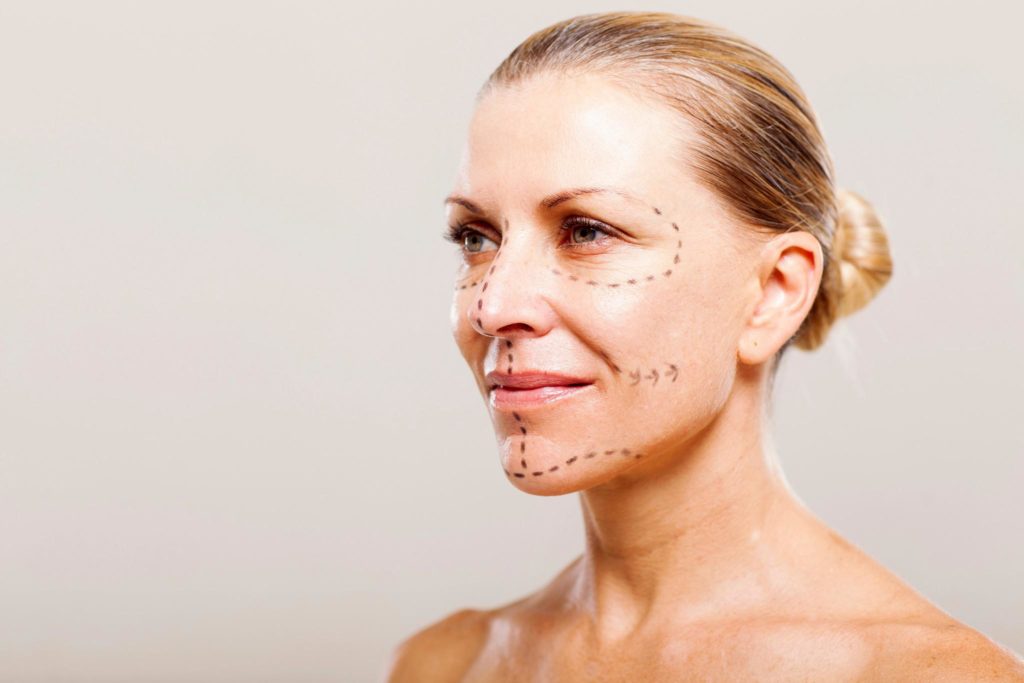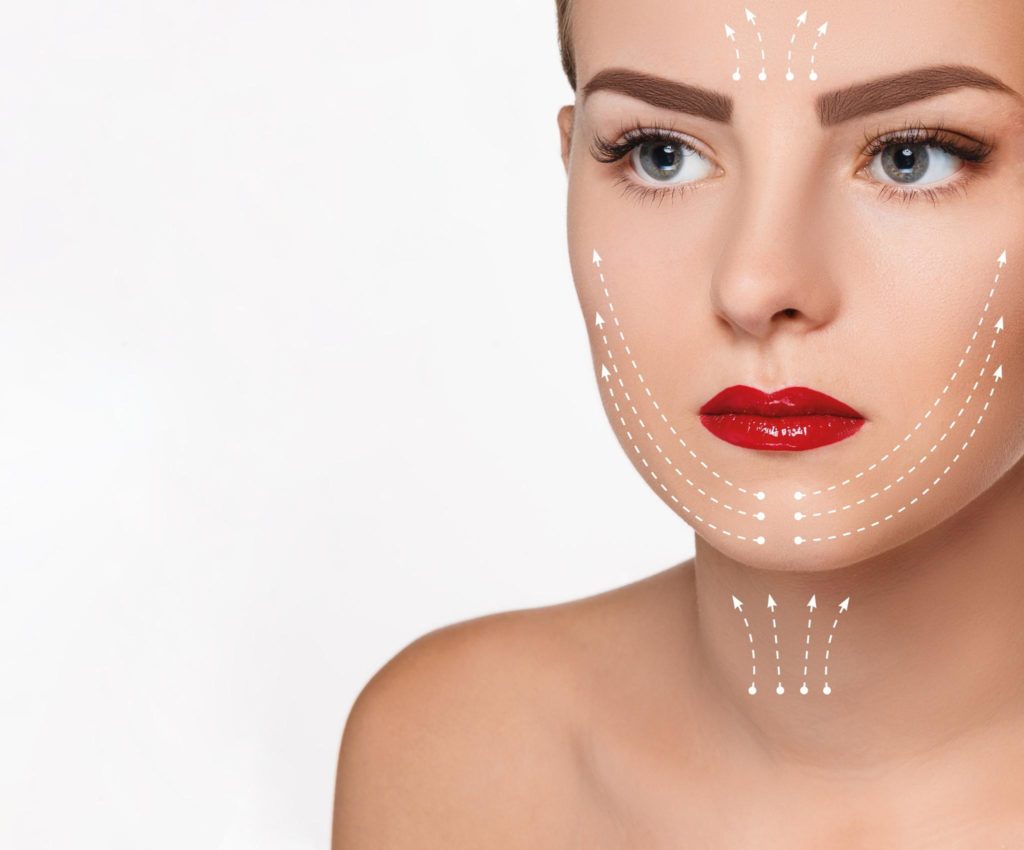
Aesthetic surgery, often referred to as cosmetic surgery, involves elective plastic surgery procedures that are performed on a patient to enhance their appearance. In other words, it's a procedure that a person decides to undergo to improve their overall appearance or address an area that concerns them.
It’s a wide and varied field with many types of procedures available for the face and body. As these are surgical procedures, they not only require understanding the factors you need to consider before undergoing one, but they also have surgical terminology attached, which can make it quite confusing for a ‘lay person’ to figure out what the cosmetic surgery terms actually mean.
A good surgeon will be aware of this and will go out of their way to ensure the patient understands a procedure. As Lead Consultant Plastic Surgeon for the Acute Plastics Trauma Service at the Blackrock Clinic, I spend at least 45 minutes to one hour for the first consultation. A free-of-charge second consultation can also be arranged, if needed, to clarify any further concerns. This can be done one to two weeks prior to the surgery date once the patient has confirmed they’re going to proceed with the surgery.
“I will normally have relevant illustrations on hand to explain any terms that I think a patient might not understand or might not be clear about. I will also go through the procedure’s steps with photos/illustrations to ensure the patient is fully briefed and comfortable with what is going to happen.
Here is a short guide to some of the more common aesthetic surgery procedure in simple language.
Known as: Nose job
What it treats: Perhaps one of the better known medical terms, rhinoplasty or a nose job aims to improve the appearance of a patient’s nose. Modern advances in technology mean computer- generated 3D simulated images can be used during consultations to show patients what is achievable. The aim here is improvement, not perfection, and the issues can vary from a slight bump on the nose to something more substantial. For example, the bony and cartilage components of the nose can be manipulated in some cases, or implant elements may be used.
Known as: Face lift

What it treats: The traditional face lift aimed to lift and tighten sagging skin, to give a younger appearance, but today’s procedures are much more specialised and refined. It is now more about anatomically detailed surgery, with shape and contour restoration as the goal, meaning results look much more natural. Standard open facelift surgery involves dissection and re-draping of facial tissues and requires a high level of specialised surgical knowledge to protect nerves and ensure the best results.
Known as: Eyelid surgery
What it treats: Signs of ageing in the eye area. There are two types of procedure: upper and lower blepharoplasty. Both are aimed at reducing or reversing the gradual loss of a youthful appearance in the eye area (one of the first areas to show signs of ageing). Such treatments can address the likes of loose skin or hollowing on the upper eyelids or sagging and wrinkles on lower lids.
Known as: Chin augmentation
What it treats: a common cosmetic surgery procedure, there are generally two types of chin augmentation. Osseous genioplasty is the surgical manipulation of the bony chin and works if the cosmetic issue involves the chin in three dimensions. Implants, known as alloplastic implants, can be used if the patient’s main aim is to improve the chin in profile. Chin augmentation may also been needed by patients undergoing a face lift.
If you are considering a cosmetic surgery procedure, we can advise on the best options for you. Contact us to arrange a consultation.
Find out all you need to know about cosmetic surgery procedures and the factors you need to consider in our free guide: Considerations Before Deciding on Cosmetic Surgery and Post- Treatment Care:
Download Mr. Chan's Guide to Cosmetic Surgery Considerations

Aesthetic surgery, often referred to as cosmetic surgery, involves elective plastic surgery procedures that are performed on a patient to enhance their appearance. In other words, it's a procedure that a person decides to undergo to improve their overall appearance or address an area that concerns them.
It’s a wide and varied field with many types of procedures available for the face and body. As these are surgical procedures, they not only require understanding the factors you need to consider before undergoing one, but they also have surgical terminology attached, which can make it quite confusing for a ‘lay person’ to figure out what the cosmetic surgery terms actually mean.
A good surgeon will be aware of this and will go out of their way to ensure the patient understands a procedure. As Lead Consultant Plastic Surgeon for the Acute Plastics Trauma Service at the Blackrock Clinic, I spend at least 45 minutes to one hour for the first consultation. A free-of-charge second consultation can also be arranged, if needed, to clarify any further concerns. This can be done one to two weeks prior to the surgery date once the patient has confirmed they’re going to proceed with the surgery.
“I will normally have relevant illustrations on hand to explain any terms that I think a patient might not understand or might not be clear about. I will also go through the procedure’s steps with photos/illustrations to ensure the patient is fully briefed and comfortable with what is going to happen.
Here is a short guide to some of the more common aesthetic surgery procedure in simple language.
Known as: Nose job
What it treats: Perhaps one of the better known medical terms, rhinoplasty or a nose job aims to improve the appearance of a patient’s nose. Modern advances in technology mean computer- generated 3D simulated images can be used during consultations to show patients what is achievable. The aim here is improvement, not perfection, and the issues can vary from a slight bump on the nose to something more substantial. For example, the bony and cartilage components of the nose can be manipulated in some cases, or implant elements may be used.
Known as: Face lift

What it treats: The traditional face lift aimed to lift and tighten sagging skin, to give a younger appearance, but today’s procedures are much more specialised and refined. It is now more about anatomically detailed surgery, with shape and contour restoration as the goal, meaning results look much more natural. Standard open facelift surgery involves dissection and re-draping of facial tissues and requires a high level of specialised surgical knowledge to protect nerves and ensure the best results.
Known as: Eyelid surgery
What it treats: Signs of ageing in the eye area. There are two types of procedure: upper and lower blepharoplasty. Both are aimed at reducing or reversing the gradual loss of a youthful appearance in the eye area (one of the first areas to show signs of ageing). Such treatments can address the likes of loose skin or hollowing on the upper eyelids or sagging and wrinkles on lower lids.
Known as: Chin augmentation
What it treats: a common cosmetic surgery procedure, there are generally two types of chin augmentation. Osseous genioplasty is the surgical manipulation of the bony chin and works if the cosmetic issue involves the chin in three dimensions. Implants, known as alloplastic implants, can be used if the patient’s main aim is to improve the chin in profile. Chin augmentation may also been needed by patients undergoing a face lift.
If you are considering a cosmetic surgery procedure, we can advise on the best options for you. Contact us to arrange a consultation.
Find out all you need to know about cosmetic surgery procedures and the factors you need to consider in our free guide: Considerations Before Deciding on Cosmetic Surgery and Post- Treatment Care:
Download Mr. Chan's Guide to Cosmetic Surgery Considerations